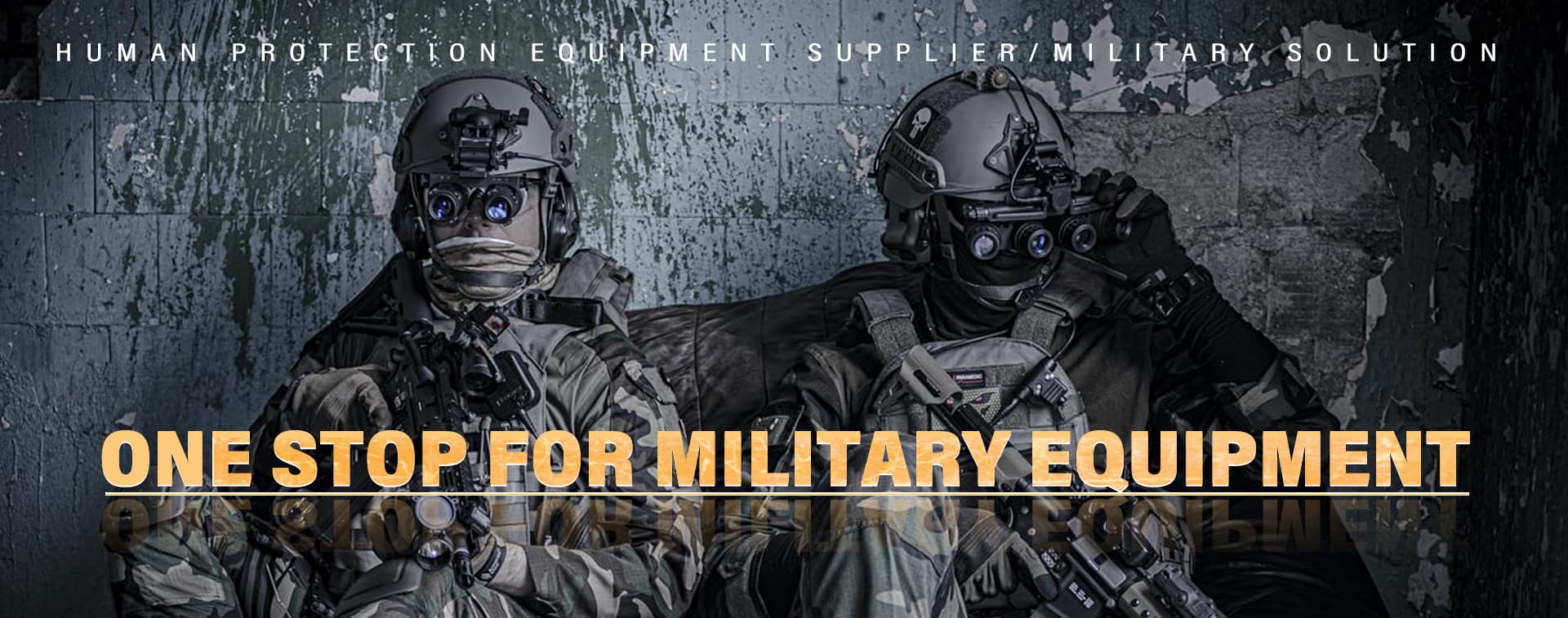What are the differences between curved bulletproof insert plates and flat bulletproof insert plates?
Jan 19, 2024
What are the differences between curved bulletproof insert plates and flat bulletproof insert plates?
With the rapid progress of the bulletproof industry, various types of bulletproof equipment are emerging one after another. When we choose to purchase bulletproof ballistic plates, there are also more and more choices, making it difficult for people to choose. When most people choose to insert ballistic plates, they first choose from the level of protection, materials, and price. From the perspective of materials, the mainstream bulletproof ballistic plates now include ceramic boards, PE boards, and steel plates; In terms of defense level, various standards such as the US NIJ standard, German standard, and Russian standard can be seen on the market. However, there are not many people who pay attention to the appearance of bulletproof ballistic plates.Actually appearance is also one of the factors that greatly affect the user experience of bulletproof ballistic plates. From the perspective of appearance, the appearance of ballistic plates can be mainly divided into two categories: curved ballistic plates and flat ballistic plates, among which there are various differences such as single curved surface, multi curved surface, ASC cut angle, etc. The use of improperly shaped ballistic plates can affect the amplitude and sensitivity of the wearer's tactical actions, as well as the actual protective effect.
1. Curved Ballistic Plate
Curved ballistic plates, as the name suggests, refer to ballistic plates with curved surfaces designed according to the contour of the human chest. Therefore, curved ballistic plates are more in line with the human body and are more comfortable to wear. At present, the ballistic plates used by individual soldiers are mainly curved ballistic plate. With the advancement of technology, there are usually two different classifications of curved ballistic plates: single curved ballistic plates and multi curved ballistic plates.
1) Single curved Ballistic Plate
A single curved ballistic plate is an insertion board with only one curve that fits the curve of the human chest, which can be imagined as a rectangular board cut from a section of pipeline. Compared to multi curved ballistic plates, single curved ballistic plates are simpler to manufacture and have lower costs.
2) Multi curved Ballistic Plate
The multi curved panel has additional curves along the length of the board, and its upper edge usually has cuts on both sides.
Due to the curvature of the curved ballistic plates, they can better fit onto the surface of the body, providing more protection for the wearer compared to flat ballistic plates. In addition, compared to single curved ballistic plates, the cutting angles on both sides of the upper edge of the multi curved insert allow the wearer to use firearms and other weapons more freely and flexibly during tactical activities without obstruction, as well as perform various tactical actions. There are also theories that suggest that when a bullet touches the plate, its curved structure will cause the bullet to deflect at an angle, greatly reducing its penetration force into the insertion plate.
The process of making curved ballistic plates is quite complex, and currently they are all made according to unified specifications and standards. Due to the different body types of each individual, it is not possible to achieve a perfect fit with the body shape of each wearer. Moreover, since curved structures can cause bullets to deflect, the direction of deflection is random, which may cause secondary damage to wearers.
2. Flat Ballistic Plate
A flat ballistic plate is just a flat plate-like structure with a simple manufacturing process and relatively cheap price. Therefore, many people may think that a flat ballistic plate is not as effective as a curved one in terms of protection. But not entirely, the planar structure does not involve the issue of uncertainty in the direction of bullet deflection. Moreover, its structure is simple, the production process is also simple, and the price is cheap, making it a good choice for some specific usage scenarios. For example, currently high defense level shields, such as the NIJ III and NIJ IV, are mostly flat plate structures, and the armor modules installed on vehicles are also flat structures. However, for individuals, there is indeed a significant difference in wearing comfort between flat and curved ballistic plates.
3. Cutting corners
We can notice that some bulletproof ballistic plates have missing pieces on both sides of the top, while others do not. In fact, this missing part is called SC corner cutting, which is designed to facilitate users to smoothly perform standard shooting actions after wearing the ballistic plate. If there is no corner cutting, it will ,to some extent ,hinder the shooting action.
In addition, there are currently some ballistic plates with asymmetric cutting angles, which we refer to as ASC cutting angles. This is because the movement amplitude of the left and right arms during shooting actions is different, so the size of the cutting angles has been adjusted separately to better fit. But there is a problem with this type of corner cutting, which is to distinguish between left and right dominant hands. If it is reversed, it will have a very bad user experience.
Different ballistic plates have their own advantages and disadvantages. Therefore, when choosing a bulletproof plate, it is recommended to first fully understand the conditions and situations of its usage scenario, and make reasonable choices for the material and shape of the ballistic plate based on one's own actual situation and combat needs.
Read More
